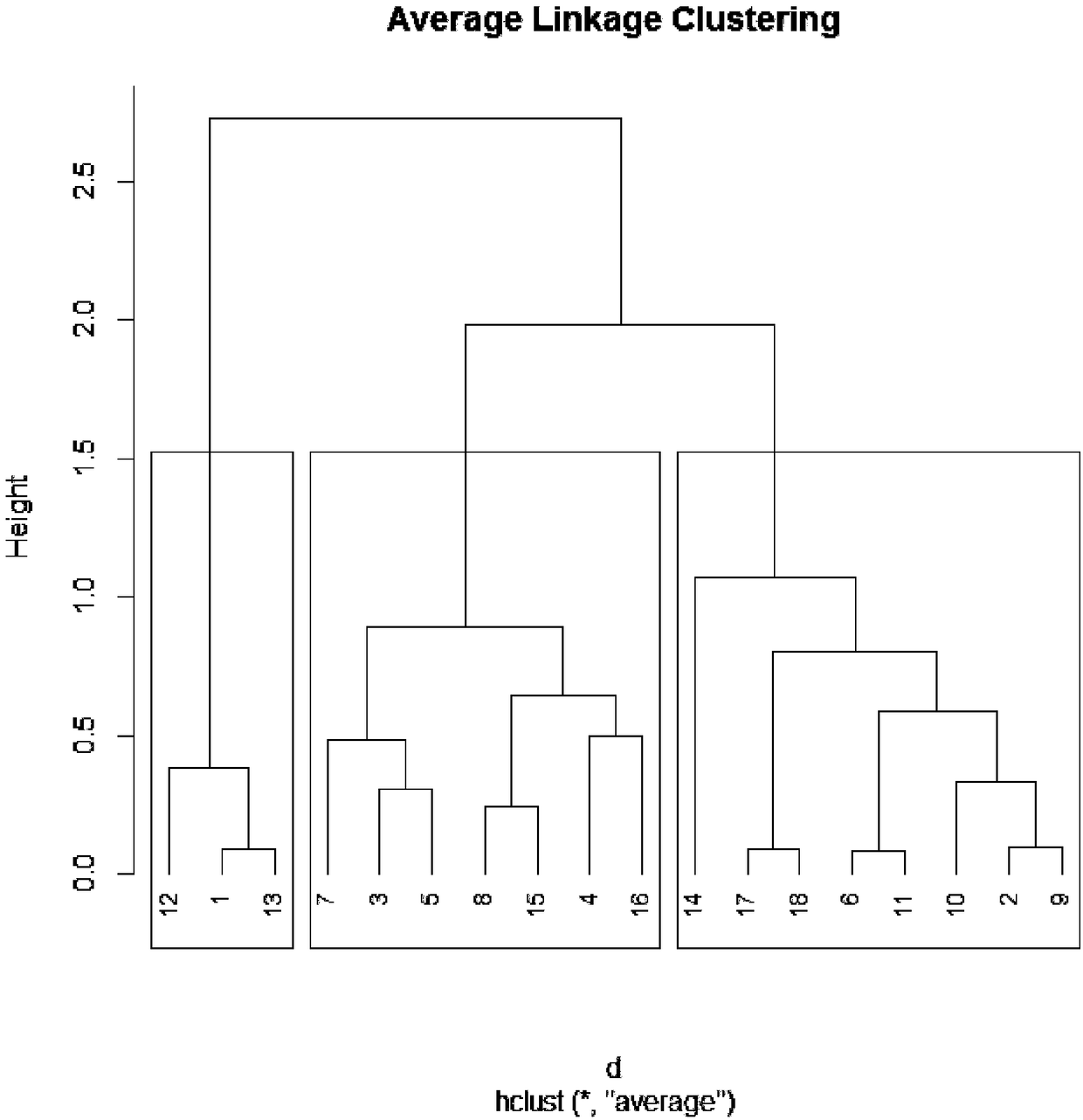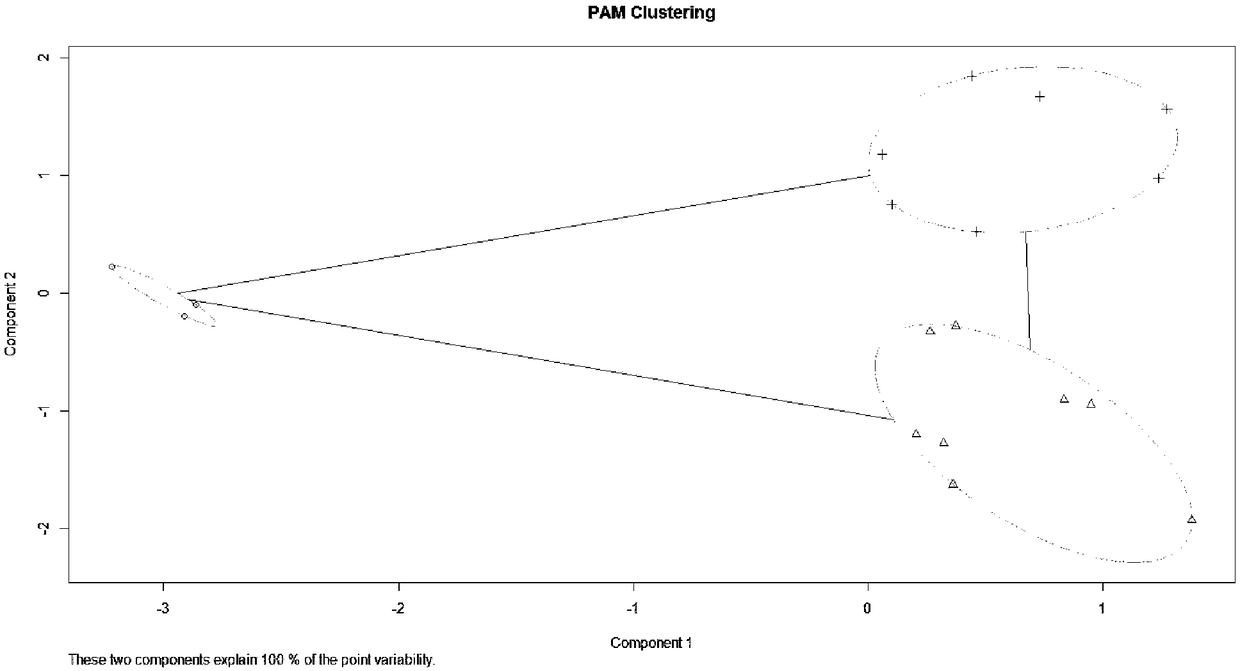Building and predicting methods of net photosynthetic rate predicting model based on woody plant leaf phenotypic characteristics
A technology of net photosynthetic rate and woody plants, applied in the field of net photosynthetic rate prediction model construction, can solve the problem of high environmental requirements, achieve accurate division and eliminate differences
- Summary
- Abstract
- Description
- Claims
- Application Information
AI Technical Summary
Problems solved by technology
Method used
Image
Examples
Embodiment 1
[0102] S101: In the geographical distribution of Populus microphylla in the whole country (Shaanxi, Qinghai, Hebei, Henan, Ningxia, Beijing, Inner Mongolia), 1233 samples of Populus microphylla were collected, and we selected 235 individuals among them as representatives. The roots of these 235 individuals were used for vegetative propagation in a clonal botanical garden in Guan County (36°23'N, 115°47'E), Shandong Province, China. In the present study, these unrelated individuals were used to study the prediction of net photosynthetic rate using leaf phenotype data.
[0103] S102: Use a portable laser leaf area meter (CI-202) to measure the six leaf phenotype data of leaf area, length, width, circumference, aspect ratio and leaf shape factor.
[0104] S103: Combining average linkage clustering and PAM clustering, based on the leaf phenotype data measured by CI-202, divide 235 representative individuals into sub-variety.
[0105] The average linkage clustering:
[0106] 1. S...
PUM
 Login to View More
Login to View More Abstract
Description
Claims
Application Information
 Login to View More
Login to View More - R&D
- Intellectual Property
- Life Sciences
- Materials
- Tech Scout
- Unparalleled Data Quality
- Higher Quality Content
- 60% Fewer Hallucinations
Browse by: Latest US Patents, China's latest patents, Technical Efficacy Thesaurus, Application Domain, Technology Topic, Popular Technical Reports.
© 2025 PatSnap. All rights reserved.Legal|Privacy policy|Modern Slavery Act Transparency Statement|Sitemap|About US| Contact US: help@patsnap.com



